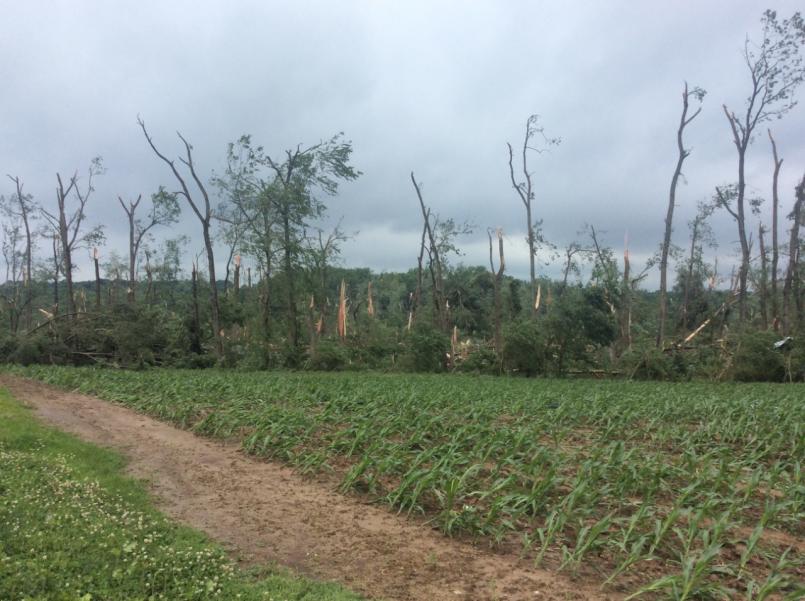Yeah, so far the NBC video is the only ground-level view I've been able to find of the hotel itself. It's easier to find photos of the hotel around the time it was built than after the tornado - go figure lol
I've found several people who
have photos of it (and lots of other stuff), but it's like pulling teeth getting people to actually follow through and find + send them. That's actually been one of the most time-consuming things. And then even when people do come through with photos they don't always know what they are/where they were taken, so that means spending even more time trying to match up views on Google Earth, comparing against known photos, asking around to other people I've talked to, etc.
On the bright side, I did finally manage to clear up one of the weird things that's been bugging the hell out of me. I thought I'd accounted for every death from the outbreak (who they were, where they died, etc) but a number of people and newspaper reports kept mentioning that a woman was killed in the house that was swept away over near the Ashland refinery in Niles (where the huge tanks were thrown around). A man lived there with his adult daughter at the time and, after tracking down a family member, I found out that it was erroneously reported that she'd been killed and I guess just never got fully corrected. So, at least that's settled.
Re: official damage surveys, which tornado(es) are you referring to?









